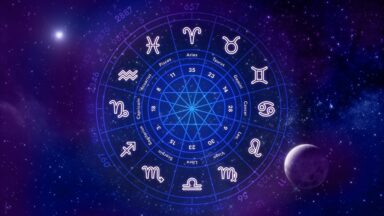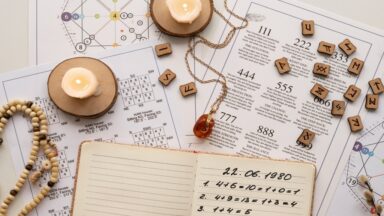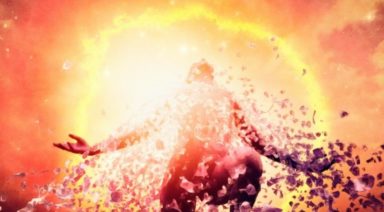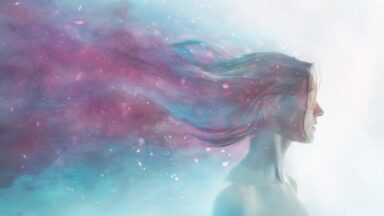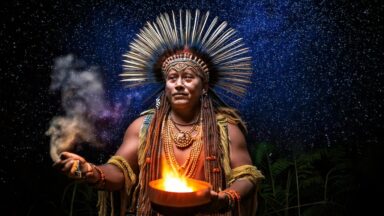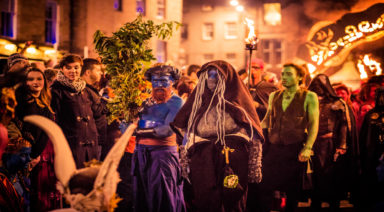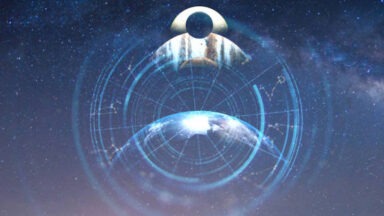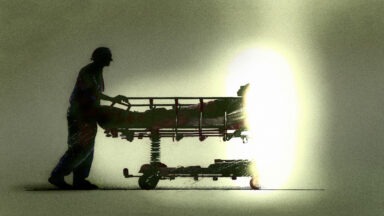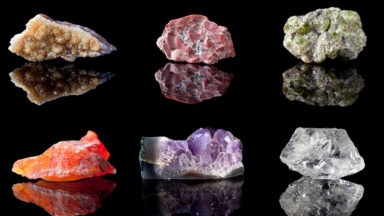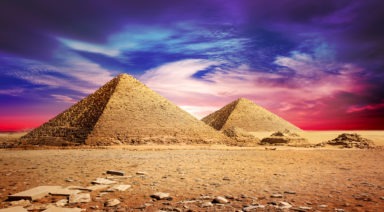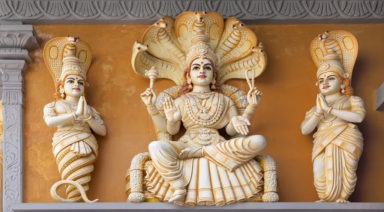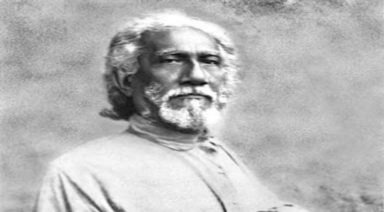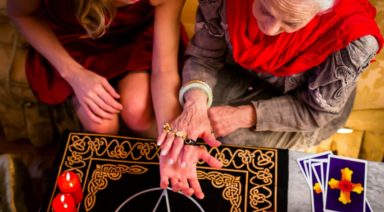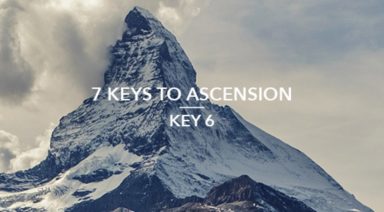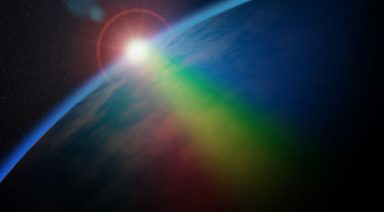Tiamat: Planet, Goddess, Creator
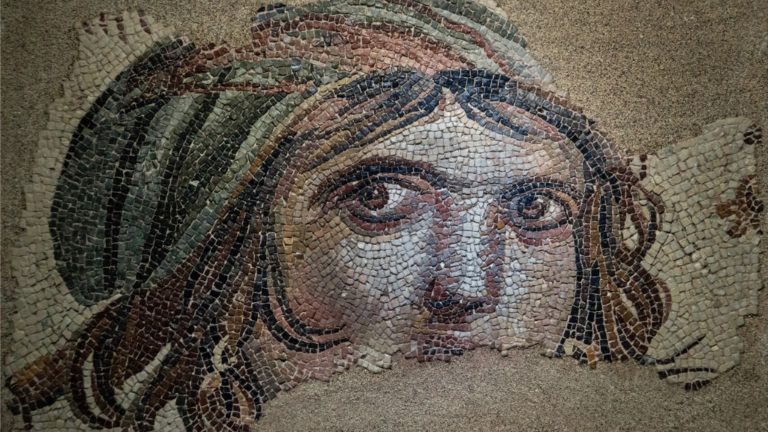
The story is familiar: chaos reigned before order; darkness filled the void before light; waters crested and ebbed to shape the land and mountains; generations of gods and humans battled over power and control. These are shared mythologies that run through continents and civilizations. Out of all the creation narratives, one name rises above the rest — Tiamat, the ancient Babylonian goddess considered the foundational force of the universe.
Ancient Babylonia, part of the Mesopotamian empire, was renowned for its beautiful gardens, astronomy, and astrology, and as a cultural bridge between Africa and Asia. The legend of Tiamat is told through the ancient Babylonian creation myth, Enuma Elish, thought to have been scribed by Hammurabi, the sixth ruler and considered the first king of the Babylonian Empire.
The Enuma Elish: The Seven Tablets of Creation
Enuma Elish is the Babylonian creation story, predating and influencing early Judeo-Christian texts. Comprised of 1000 lines etched on seven clay tablets, the Enuma Elish is the primary source for Mesopotamian cosmology and tells the story of how the order was shaped out of swirling chaos. The shaper is Tiamat, goddess of the deep salt waters, who with her mate Apsu, the god of fresh, clean water, gives birth to the first generation of deities. The opening passage sets forth how raw and unformed the world was prior to Tiamat’s efforts:
When on high the heaven had not been named,
Firm ground below had not been called by name,
Naught but primordial Apsu, their begetter,
(And) Tiamat, she who bore them all, Their waters commingling as a single body;
No reed hut had been matted, no marshland had appeared,
When no gods whatever had been brought into being,
Uncalled by name, their destinies undetermined—
Then it was that the gods were formed within them.
This early generation of deities is violent and power-hungry, ready to overthrow Apsu and assume power, launching Tiamat into her second, more violent stage. Many scholars view Tiamat through two phases — the nourishing, creative force, and the destructive, vengeful goddess.
The Face of Tiamat: Caring Mother and Avenging Spouse
At the beginning of Tiamat’s story, she personifies young and fertile motherhood, giving birth to a multitude of deity offspring. During this stage, Tiamat is described as calm and loving. But when her offspring turn murderous, killing her husband Apsu, Tiamat enters her second phase — her anger transforms her into a vengeful monster with five independent heads. Ultimately, this stage is Tiamat’s undoing, as her need for revenge and her formidable power leads her into battle with Marduk, the god of storms. Even more ambitious than the previous generation, Marduk would only agree to wage battle with Tiamat on the condition that if victorious, he would be crowned “King of the Gods.”
In a true “war of the worlds,” Marduk emerged as the victor against Tiamat by utilizing his wind-driven power, splitting her in half with an arrow. Marduk succeeds Tiamat, but only after using her split body to fashion the heavens and the earth. As described by the New World Encyclopedia:
“The entirety of the material creation was thus generated, with half of her body as the sky, the other half as the Earth, her ribs (or thigh bones) as the vault of Heaven and Earth, her monstrous udder as the mountains, her weeping eyes as the source of the Tigris and the Euphrates and her poisonous spittle as the earthly moisture (clouds, winds, rain, and fog).”
Tiamat and the Legacy of Feminine Power
According to Rivkah Brickman Harris, author of “Gender and Aging in Mesopotamia,” Tiamat’s multiple personalities represents the many stages of in a woman’s life, as well as prescribed gender roles relating to power and sexuality. Harris concentrates her scholarship on Tiamat’s older self, and how society negatively stereotypes older women, ultimately punishing them for their independence and ambition. Tiamat’s violent end is identified with the often complicated role powerful women face, both in ancient and modern times.
The emergence of the hero-god in the form of Marduk, who slays the creation goddess, Tiamat, resonates in today’s #MeToo movement, as humanity continues to struggle toward equity and power. Tiamat’s legacy as the original powerful female persona lives on, from the women of Greek mythology, such as Medea, to Shakespeare’s Lady Macbeth, to the emergence of a new generation of politicians and activists.
Will we finally move from a society that shuns women’s power, as Tiamat was ultimately destroyed, or will be learn to celebrate the multiversity that is feminine power? Only time will tell.
What Does Gaia Mean?

Although the name Gaia has various meanings and interpretations, it is most commonly associated with the Greek goddess who personified Earth in its primordial form. Quite simply, the definition of Gaia is life. She is all, the very personification of the earth. She is the mother goddess, inhabiting the planet, and offering life and nourishment to all her children. In ancient civilizations, she was revered as the mother, nurturer, and giver of life. She goes by many names, including Gaea, Ge, Mother Earth, Terra Mater to the Romans, Magna Mater, and more recently, Mother Nature. Each of these names is a testament to her enduring presence as the life-giver, the ultimate nurturer, and the architect of existence.
Gaia, often pronounced “GUY-uh,” holds the essence of existence within its syllables. This name, steeped in the rich tapestry of ancient Greek mythology, serves as a bridge to the Earth itself, embodying the very spirit of the planet. The etymology of Gaia, or Γαῖα in the original Greek, translates to ‘earth’ or ‘land,’ a fitting homage to her role as the primal Earth Mother. The term has since transcended its mythological roots, evolving into a symbol for the interconnectedness of all life on Earth, particularly within environmental and ecological contexts.
As we delve into the myriad ways she manifests across cultures and epochs, we embark on a journey to deepen our connection with the world around us, exploring the profound legacy of Gaia’s nurturing embrace.
Gaia: The Goddess of Ancient Greek Mythology
Within the pantheon of ancient deities, Gaia’s presence was unparalleled, embodying the very essence of primordial creation and maternal might. Her name, evoking the boundless strength and nurturing spirit of the Earth, was revered across the ancient world. To the Greeks, Gaia was the ultimate goddess of raw, maternal power. In the beginning, there was chaos, nebulous ethers waiting to take form. This primordial landscape awaited direction; it was then that the spirit of Gaia arrived to give structure to the formless and the Earth was conceived.
The Mother of Life and the Divine Heavens
In Greek mythology, Gaia stands as the quintessential embodiment of the Earth itself, revered as the primal Mother Earth goddess. From her fertile womb sprung the very fabric of the cosmos: she gave birth to Uranus, the sky, who would become both her husband and her equal; Pontus, the ancient, unfathomable sea; and the towering Titans, precursors to the Olympians. Among her offspring were the Titans – Cronus and Oceanus, the Cyclops with their single, piercing gaze, and the hundred-handed giants, each embodying forces of nature and the universe’s nascent power.
Her influence extended beyond mere creation. Gaia’s union with Uranus spawned the first pantheon of Greek deities, setting the stage for the saga of the gods and goddesses that would dominate Greek myth. Yet, it was through her guidance that Zeus, her grandson, ascended to become the chief among the Olympian gods. Her wisdom and might were echoed in the tales of her descendants, including Athena, the Greek goddess of wisdom, born of Zeus’s head, further cementing her legacy within the mythological hierarchy. Gaia’s story, interwoven with the elements of creation, celestial phenomena, and divine lineage, marks her as a central figure in the tapestry of Greek mythology and the subsequent origin of Olympus, embodying the Earth’s life-giving force and maternal strength.
The Paleolithic Venus: Rediscovering the Earth Mother
The Paleolithic Venus figurines, scattered across Europe, are emblematic of ancient societies’ reverence for the feminine Earth Mother—a veneration somewhat obscured by the passage of time. These figurines, often robust and gravid, symbolize fertility, motherhood, and the generative powers of nature itself. They serve as silent yet eloquent testimonials to a time when the worship of the Earth’s nurturing essence was widespread, deeply ingrained in the fabric of everyday life.
Modern excavations and scholarly endeavors have begun to peel back the layers of history, revealing a complex tapestry of belief systems that placed the Earth Mother at their core. Through the meticulous study of these artifacts, historians, archaeologists, and artists are gradually reconstructing the narratives of these ancient peoples. This resurgence of interest not only honors the goddess’s legacy but also rekindles a connection to our collective past, where the Earth was revered as the ultimate source of all life and sustenance.
A Return to Divine Feminine: Gaia’s Resurgence in Modern Consciousness
As the prevalence of gods and goddesses in the 19th and 20th centuries faded away, so did history books’ tales of female pharaohs, women scientists, and Amazon warriors. History is kept by the victors—and the victors are most often men. This left a void in the collective consciousness and Gaia was relegated to mythology alone. With the convergence of feminism in the 1970s, all that changed when a groundbreaking pro-female establishment was founded, providing a new understanding of how our planet operates.
In the wake of the 20th century, Gaia’s image was revitalized by the fusion of feminism and environmentalism. This revival spotlighted the divine feminine, with Gaia symbolizing strength, nurturing, and interconnectivity. Feminism’s quest to amplify silenced voices paralleled environmentalism’s rise, especially after “Silent Spring,” casting Gaia as an emblem of ecological awareness and unity. This modern embrace of Gaia has galvanized a collective push towards environmental respect and sustainability, intertwining spiritual reverence with activism for a balanced, thriving planet.
The Gaia Hypothesis: Earth as a Self-Regulating Living System
In 1970, chemist James Lovelock and his research partner, biologist Lynn Margulis introduced the Gaia Hypothesis, positing Earth as a self-regulating, living being capable of maintaining the conditions necessary for life. Initially met with skepticism, the hypothesis challenged the prevailing view of Earth as a passive backdrop to life, proposing instead that life actively participates in shaping the planet’s environment. This idea of Earth as a cohesive system, where biological processes interact with physical and chemical ones to maintain life-sustaining conditions, was revolutionary. The scientific community’s initial resistance stemmed from the hypothesis’s implication that Earth’s biosphere functions almost like a single organism, a concept that seemed to blur the lines between life and non-life.
Gaia Theory: Understanding Earth’s Intelligent Systems
Building on their hypothesis, Lovelock and Margulis’s work revealed how Earth’s myriad components—its atmosphere, biosphere, geology, and oceans—integrate to form a complex, self-regulating system. This system, guided by the interactions between living organisms and their environment, adjusts and responds to changes in a way that sustains life. For example, the regulation of Earth’s atmosphere by photosynthetic organisms, which convert carbon dioxide into oxygen, demonstrates this symbiotic relationship. Such mechanisms underscore the planet’s capacity for self-regulation and balance, evidencing a level of systemic intelligence previously underestimated.
Gaia theory has since evolved from a controversial hypothesis to a foundational concept in Earth system science, inspiring further research into how Earth’s life-supporting systems operate. It has underscored the importance of viewing the planet as an integrated whole, where each component plays a critical role in maintaining the conditions for life. This holistic perspective has significant implications for environmental conservation, highlighting the delicate interdependencies that sustain the Earth and the impact of human activities on its ability to regulate itself.
The Spiritual Meaning of Gaia in Practice
Far beyond the mythological Gaia, the name has come to represent an all-loving, nurturing, and intelligent cosmic force that oversees life on Earth. The revival of goddess traditions has been instrumental in reintroducing the ancient wisdom of the Great Mother, affirming her role as a beacon of love and sustenance. Yet, engaging with Gaia’s legacy demands more than occasional environmental activism or annual Earth Day observances. It calls for a daily commitment to living in harmony with our planet, treating each interaction as a sacred opportunity to honor and preserve the intricate web of life Gaia sustains.
To foster a truly connected relationship with Gaia means to actively participate in the stewardship of Earth, recognizing and respecting the bounty she provides. This involves making conscious choices that reflect our understanding of the interconnectedness of all life forms and the impact of our actions on the planet’s health. By adopting sustainable practices, advocating for environmental protection, and cultivating a sense of reverence for the natural world, we can contribute to a future where both humanity and the Earth flourish. In doing so, we not only pay homage to Gaia’s enduring spirit but also embrace our role as caretakers of the beautiful, dynamic planet she embodies.







